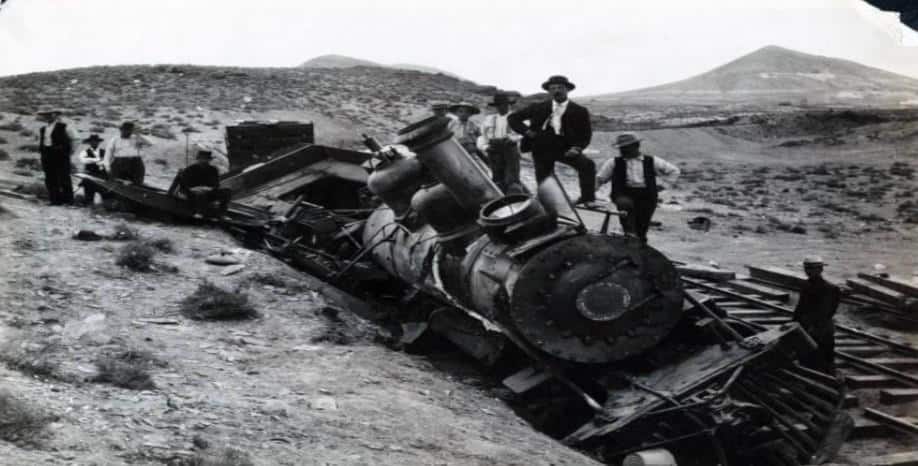
How Rafael Rivera and John C Fremont Payed the Way for the Railroad
Rafael Rivera’s discovery of the Las Vegas Valley brought attention to the region’s natural resources and its potential for sustaining a community. The valley’s abundant water supply from the Las Vegas Springs made it an oasis in the desert, attracting pioneers, settlers and of course the railroad in the years to come. This discovery laid the foundation for the establishment of Las Vegas as a permanent settlement.
Implications for Future Development
Rivera’s exploration set in motion a series of events that would lead to the development of Las Vegas. The discovery of the Las Vegas Valley served as a catalyst for further exploration and attracted adventurers, traders, and eventually, railroad developers. It provided a strategic location for the future transportation network that would connect Las Vegas to the rest of the country.
John C. Frémont’s Expeditions
Following in the footsteps of Rafael Rivera, John C. Frémont embarked on a series of expeditions in the mid-19th century. Frémont, an American explorer and military officer, conducted several mapping expeditions across the western territories, including the areas around Las Vegas.
The Birth of the Railroad - A Harsh Terrain to Conquer
The development of the railroad system played a crucial role in shaping the United States during the 19th century. One notable chapter in this expansive railway network is the story of the railroad in the Nevada desert and its connection to the vibrant city of Las Vegas. This article embarks on a journey through time, exploring the beginnings, challenges, triumphs, and ultimate decline of the railroad in the 1800s, while unraveling the captivating history of the railway in Las Vegas.
One of the defining characteristics of the Nevada desert is its extreme temperatures. During the summer the temperature can soar well above 100 degrees (37.8 degrees Celsius), subjecting workers to blistering heat and dehydration risks. Conversely, the desert nights can bring freezing temperatures, making it a place of stark temperature contrasts.
The scorching sun beat down relentlessly, making it difficult for workers to endure the harsh conditions for prolonged periods. The searing heat not only affected the laborers physically but also imposed limitations on the working hours, necessitating strategic planning to maximize productivity during the cooler parts of the day.
The temperatures in the Nevada desert today are not significantly different from those experienced in the 1800s. The desert climate of Nevada is characterized by hot, arid summers and cold winters, with temperature extremes being a defining feature of the region.
While there might be slight variations in temperature patterns due to natural climate variability, overall, the climate of the Nevada desert remains relatively consistent. The summer temperatures can still reach well above 100 degrees Fahrenheit (37.8 degrees Celsius), subjecting the region to scorching heat. Conversely, during the winter months, temperatures can drop significantly, occasionally reaching freezing or below.
It’s worth noting that the Nevada desert is vast, covering a wide area, and there might be some localized variations in temperatures depending on elevation and geographical factors. However, the general climatic conditions and temperature ranges have persisted over time, providing a challenging environment similar to what was experienced during the construction of the railroad in the 1800s.
Arid and Barren Landscape
The Nevada desert is known for its arid and barren landscape, characterized by vast stretches of sand, rocky terrain, and sparse vegetation. This presented a unique set of challenges for constructing the railroad. The absence of water sources and vegetation meant that crucial resources, such as drinking water and timber, had to be transported from distant locations.
The lack of stable ground also made it difficult to lay the tracks securely. Engineers had to devise innovative techniques to stabilize the soil and ensure the tracks remained firm. Additionally, the rocky terrain often required extensive blasting and excavation to create a suitable path for the railroad.
Rugged Mountains and Canyons
The Nevada desert is punctuated by rugged mountains and deep canyons, further complicating the construction process. Engineers had to navigate through these natural barriers, carefully selecting routes that minimized the need for extensive excavation or costly engineering feats.
The construction of tunnels through mountains and bridges over canyons became essential to overcome these geographical challenges. Workers faced the daunting task of blasting through solid rock and constructing sturdy structures that could withstand the harsh desert environment.
Negotiating around rugged mountains and cutting through deep canyons presented significant challenges during the construction of the railroad in the Nevada desert. Engineers employed various techniques to overcome these natural barriers and ensure the successful passage of the railway. Here are the methods used:
Surveying and Route Selection: Before construction could begin, extensive surveying was conducted to identify the most feasible route through the mountains and canyons. Engineers carefully studied the topography, geological formations, and existing natural pathways to determine the path of least resistance. This involved analyzing maps, conducting geological surveys, and considering factors such as slope gradients and stability.
Tunneling through Mountains: When faced with large mountains, tunneling was often employed to create a passageway for the railroad. Engineers would identify the most favorable points to bore through the solid rock, considering factors such as stability, length of the tunnel, and cost. Excavation techniques, including drilling, blasting, and removal of debris, were employed to create tunnels that would safely accommodate the railroad tracks.
Constructing Trestle Bridges: In instances where crossing a canyon or a deep ravine was necessary, trestle bridges were constructed. Trestle bridges consisted of a series of elevated timber or steel supports, called trestles, spanning the gap. The design of the trestle bridge allowed for the railway to traverse the canyon while providing stability and structural integrity. Engineers carefully designed and constructed these bridges to withstand the weight of the trains and the forces exerted on them.
Blasting and Excavation: In cases where the terrain was too rugged to negotiate around, engineers would resort to blasting and excavation to create a path for the railroad. Controlled explosions were carried out to remove sections of the mountain or to create a cut through rocky formations. Excavation techniques, such as using heavy machinery and manual labor, were employed to remove debris and create a level path for the tracks.
Reinforcing Slopes and Embankments: Along steep slopes and embankments, stabilization techniques were implemented to ensure the stability of the tracks. Retaining walls, rock anchors, and slope stabilization measures were employed to prevent erosion, landslides, and other hazards that could compromise the integrity of the railway.
Each of these methods required meticulous planning, engineering expertise, and skilled labor to safely navigate the rugged mountains and cut through the deep canyons. The successful implementation of these techniques allowed the railroad to overcome the natural barriers and extend its reach through the challenging terrain of the Nevada desert.
The maps and work of John C. Frémont: were instrumental in helping navigate the desert for the railroad construction in the 1800s. Frémont, an explorer and surveyor, played a significant role in exploring and mapping the western territories of the United States, including the Nevada desert.
Frémont’s expeditions and surveys provided valuable knowledge about the topography, geography, and natural features of the region. His maps and reports were widely utilized by engineers and surveyors involved in planning and constructing the railroad. They relied on Frémont’s detailed accounts to navigate through the challenging terrain and determine the most feasible routes.
Frémont’s exploration of the Great Basin region, which encompasses parts of Nevada, provided crucial information about water sources, mountain ranges, and potential routes for the railroad. His surveys contributed to the understanding of the Nevada desert’s geography, including the location of passes, canyons, and mountains, which were vital for planning the railway.
Furthermore, Frémont’s documentation of the flora, fauna, and indigenous populations along his expeditions added valuable context to the understanding of the Nevada desert. This information helped the railroad builders prepare for potential challenges and adapt their construction plans accordingly.
Overall, John C. Frémont’s maps and work served as valuable resources in the navigation and planning of the railroad through the Nevada desert. His surveys and explorations provided crucial insights into the region’s geography, which greatly aided the engineers and surveyors involved in the construction of the railway.
Why Did People Flock To Las Vegas?
Despite being located in the middle of an isolated and inhospitable desert, people flocked to Las Vegas for several compelling reasons. The growth and attraction of Las Vegas can be attributed to the following factors:
Economic Opportunities: Las Vegas offered abundant economic opportunities that enticed people from different backgrounds. The city’s strategic location as a transportation hub, combined with the presence of the railroad, facilitated trade and commerce. The mining industry in the surrounding areas, supported by the railroad, attracted workers and entrepreneurs seeking to capitalize on the mineral wealth of the region.
Employment Prospects: The rapid development of Las Vegas and its industries, including mining, construction, hospitality, and entertainment, generated a significant number of job opportunities. The availability of work and the promise of steady income motivated individuals to relocate to Las Vegas in search of employment.
Land and Business Opportunities: The relatively low cost of land and the availability of business prospects in Las Vegas were attractive to those looking to invest or start their own ventures. The growing population and economic activities created a demand for goods and services, creating a fertile environment for entrepreneurs and business owners.
Climate and Health Benefits: While the desert environment may be inhospitable to some, others were drawn to the arid climate of Las Vegas. The dry desert air was believed to offer health benefits, particularly for individuals with respiratory issues. Additionally, the sunny weather and warm temperatures made Las Vegas an appealing destination for those seeking a change from colder or more humid climates.
Entertainment and Tourism: The allure of entertainment and the rise of tourism played a significant role in attracting people to Las Vegas. The city’s reputation as an entertainment capital, fueled by the presence of casinos, resorts, shows, and nightlife, made it a popular destination for visitors seeking excitement and leisure activities. The accessibility provided by the railroad facilitated the influx of tourists, contributing to the city’s growth and reputation.
Sense of Community and Opportunity: The close-knit community that emerged in Las Vegas, fueled by the shared experience of living in a challenging environment, created a sense of camaraderie and opportunity. The spirit of resilience, entrepreneurship, and collective growth fostered a unique community atmosphere that appealed to individuals seeking a fresh start or a chance to make a mark in a growing city.
While Las Vegas may have initially appeared isolated and inhospitable, the combined factors of economic opportunities, employment prospects, land availability, climate, entertainment, and a sense of community made it an attractive destination for many individuals seeking a new beginning and a chance at success.
Las Vegas and Gambling History
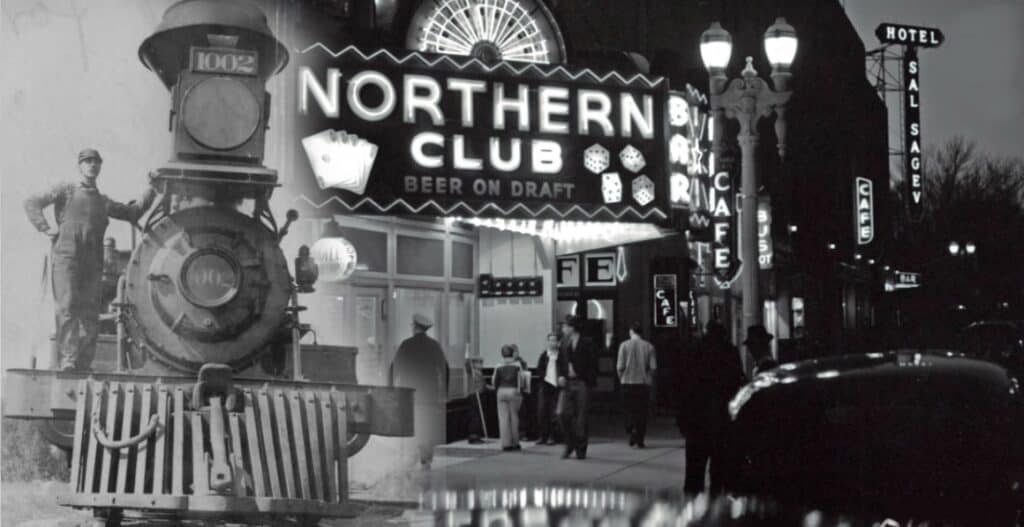
Las Vegas History: Railroad Development Paved the Way for Las Vegas to Become the Gambling Capital of the World
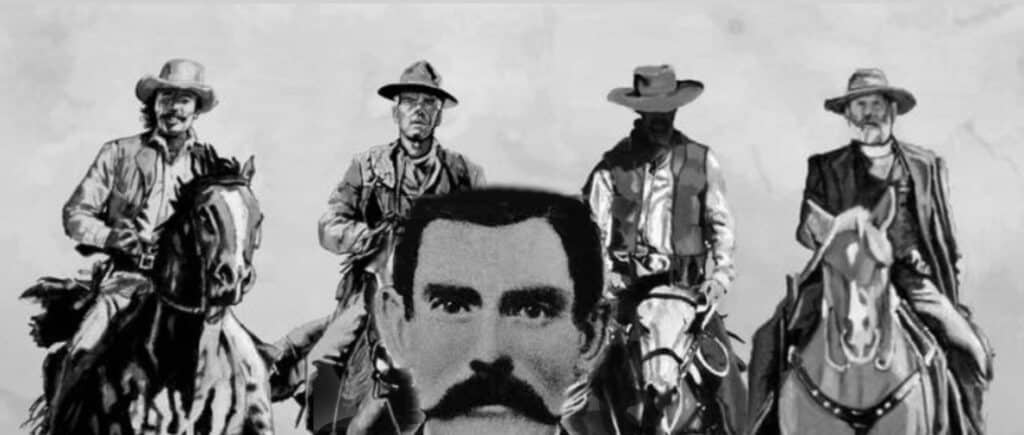
Las Vegas History: Doc Holliday Famous Gambler Gunslinger and Resident of Las Vegas
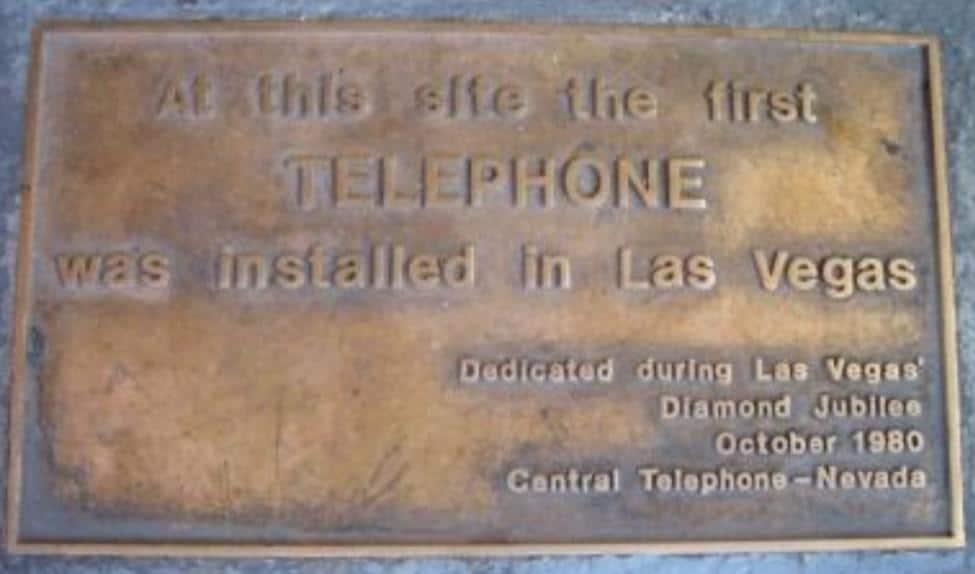
Las Vegas History: How Las Vegas’ First Telephone Exchange Made Bugsy Siegel’s Race Wire Possible

Las Vegas History: The Official Naming of Las Vegas 1905
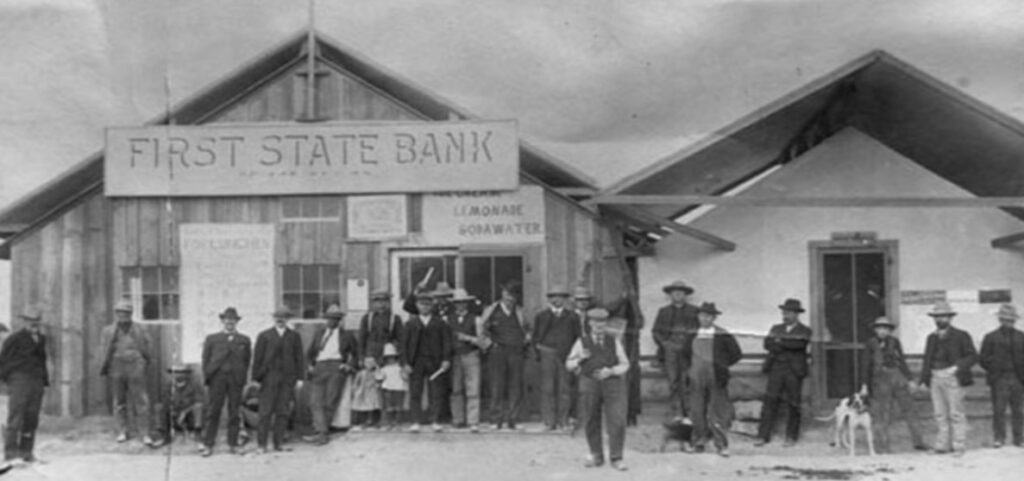
Las Vegas History: 1864 Las Vegas The Impact of Nevada Statehood

Las Vegas History: Las Vegas and It’s Vices in the 1850s
Frequently Asked Questions (FAQs)
1. How did Rafael Rivera contribute to the development of Las Vegas?
Rafael Rivera’s discovery of the Las Vegas Valley highlighted its natural resources, particularly the abundant water supply from the Las Vegas Springs. This discovery attracted pioneers and settlers, laying the groundwork for the establishment of Las Vegas as a permanent settlement.
2. How did Rivera’s exploration influence future development in Las Vegas?
Rivera’s exploration acted as a catalyst for further exploration, attracting adventurers, traders, and eventually, railroad developers. The strategic location of Las Vegas, with its water resources, became integral to the transportation network connecting the city to the rest of the country.
3. What role did John C. Frémont play in the development of Las Vegas?
John C. Frémont, an explorer and military officer, conducted expeditions across the western territories, including areas around Las Vegas. His maps and surveys provided valuable information for navigating the challenging terrain, influencing the development of transportation routes.
4. How did John C. Frémont’s work aid the construction of the railroad in the Nevada desert?
Frémont’s detailed maps and exploration of the Great Basin region were instrumental in planning the railroad through the Nevada desert. Engineers and surveyors relied on his documentation to navigate rugged mountains, deep canyons, and challenging terrain, contributing to the success of the railroad construction.
5. What were the challenges of building the railroad in the Nevada desert?
Constructing the railroad in the Nevada desert presented challenges such as extreme temperatures, arid landscapes, rugged mountains, and deep canyons. Engineers had to employ innovative techniques, including tunneling, constructing trestle bridges, blasting, and excavation, to overcome these obstacles.
6. How did the railroad impact the climate and geography of the Nevada desert?
The railroad construction influenced the Nevada desert’s climate and geography by connecting previously isolated areas. It facilitated transportation of resources and people, contributing to economic development and altering the region’s accessibility.
7. Why did people migrate to Las Vegas during this period?
Despite its desert location, people were drawn to Las Vegas for economic opportunities, employment prospects in industries like mining and entertainment, land and business opportunities, the perceived health benefits of the arid climate, and the sense of community and opportunity fostered by the city’s growth.
8. How did the railroad contribute to the growth of Las Vegas?
The railroad played a crucial role in Las Vegas’ growth by facilitating trade, commerce, and the movement of people. It supported industries like mining and contributed to the city’s economic development, making it an accessible and attractive destination for residents and visitors alike.
9. What is the lasting influence of Rivera, Frémont, and the railroad on modern-day Las Vegas?
The contributions of Rivera and Frémont, along with the railroad, laid the foundation for modern-day Las Vegas. The city’s strategic location, economic diversity, and vibrant community spirit can be traced back to the early influences of exploration, discovery, and infrastructure development. The legacy of these pioneers and the railroad is still evident in the city’s cultural and economic landscape.





